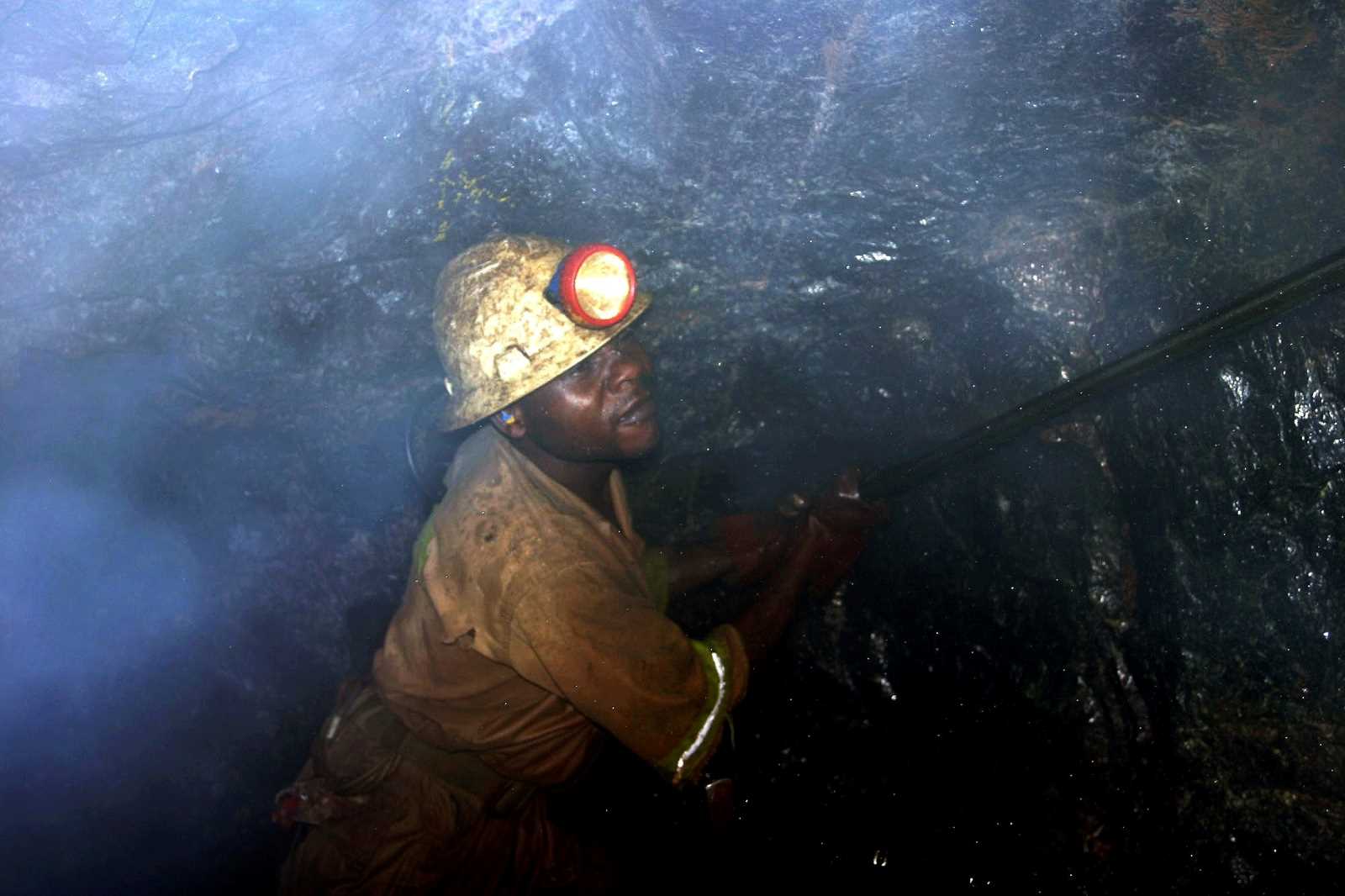Global role model
Rolling back protection

The process of defining new standards began in 2012 and the stated goal was to modernise the existing safeguards in line with the World Bank’s mission of fighting extreme poverty and promoting shared prosperity. The World Bank launched a public consultation process, commendably reaching out to different constituencies in government, the private sector and civil society.
In practice, however, in many cases it only scheduled meetings on short notice and a lack of translated documents further hampered the participation of non-governmental organisations in important client countries. The overall context is one of increasing competition for business and investment opportunities with the Asian Infrastructure Investment Bank and other newly-established development finance institutions (see box). In this context, its managers are likely to see stringent environmental and social norms as handicaps.
The final draft of the new Environmental and Social Framework (ESF) is to be presented to the Board of Executive Directors in mid-2016. Two earlier drafts were presented in 2014 and 2015. Several key issues remain controversial.
Limited scope
A key problem is the limited scope of the new ESF. As the existing safeguard system does, it will only apply to investment projects. The snag is that such project-specific lending is a shrinking part of the Bank’s portfolio. Policy-based loans are becoming ever more important and already make up about one third to one half of World Bank lending. Governments get these loans not to carry out specific projects but to implement more general policies.
Such policies, however, often concern sensitive sectors such as mining, forests and agriculture. Accordingly, policy-based loans may have far-reaching social and environmental consequences. Unless the ESF applies to such lending, the Bank’s approach will be incoherent and risks undermining sustainability goals.
The Bank’s own Independent Evaluation Group (IEG, 2015) has argued that existing provisions have proved inadequate. In regard to policy-based lending, it not only found that environmental and social risks were seriously underreported, but that there was no formal system to monitor impacts at all. So far, however, this argument does not seem to have made a dent. Earlier IEG recommendations (2011) similarly have been neglected.
Sadly, the Bank’s Inspection Panel does not seem to be heard either. It wants the Bank to apply its standards across the board based on potential environmental and social risks and not on the type of lending. The new ESF must obviously apply to everything the World Bank supports. Otherwise, controversial projects can always be financed by policy-based lending.
Room for improvement
The second draft of the ESF is better than the first one. Nonetheless, many critical issues remain unresolved.
The ESF will consist of an umbrella policy and 10 standards. They are meant to replace eight existing safeguards that deal with issues such as environmental assessment, involuntary resettlement and indigenous peoples. The current draft includes sensible additions. First of all, it will have an improved labour standard. Trade unions, however, point out that the draft version does not even refer to international norms spelled out in International Labour Organization’s four Core Labour Standards.
Another welcome improvement is that the ESF now includes the principle of free prior and informed consent for indigenous peoples directly affected by projects. If a government, however, does not recognise indigenous peoples on its territory, it would be able to obtain a waiver and brush aside concerns.
The current ESF draft recognises that people who are displaced from land must be compensated even if they have no formal title to that land. However, it does not offer the same protection to people who lose their livelihoods for other reasons. Consider, for instance, a fishing community whose fishing grounds are destroyed by the downstream impacts of a dam.
Today, existing safeguards do not allow the Bank to finance projects that harm “critical habitats” in forests and other ecosystems. These habitats are essential for the survival of endangered species and migratory species. The proposed new biodiversity standard would dilute this rule, by allowing the Bank to support projects if there is no viable alternative site in the region and a few other conditions are met.
Existing rules on environmental impact assessments (EIAs) are similarly set to be diluted. The existing safeguards require that EIA results must be published in locally understood languages before the Bank decides on granting a loan. Normally, the period is 120 days. It gives civil society scope to raise objections. The draft ESF, however, does not include this requirement.
All summed up, the draft ESF is riddled with far too many loopholes and vague clauses. It is wrong to demand, for example, that requirements only be met when they are “financially and technically feasible”.
“Human rights free zone”
One must bear in mind that the implementation of existing standards has proved to be too weak. World Bank lending has repeatedly been embroiled in the violation of human rights. However, the draft ESF only briefly refers to “sharing the aspirations” of the Universal Declaration of Human Rights. Accordingly, Philip Alston, the UN Special Rapporteur on extreme poverty and human rights has declared the World Bank to be a “human rights free zone” for most purposes. His call for a stronger human-rights commitment is supported by Germany and other European governments as well as the US Congress.
This issue is all the more relevant as the draft ESF allows client countries to opt for their own systems instead of applying World Bank standards. The precondition is that both systems are deemed to be “materially consistent”. It remains unclear how such consistency would be measured. The draft ESF, moreover, does not state what to do when governments do not obey their own laws, which, unfortunately, is all too common.
Relying on client countries’ systems is supposed to boost national ownership and responsibility. Prioritising country standards over universal principles does not make sense however, but that is precisely what is likely to happen in the context of World Bank lending. After all, major client governments view human rights considerations as an intrusion into internal affairs. In their eyes, environmental and social standards are little more than impediments to fast growth.
Vinod Thomas (2015), who heads the Asian Development Bank’s Evaluation Department and is a former director of the IEG, has pointed out that very few country systems meet World Bank standards. Reliance on country systems may put communities and the environment at risk. Thomas refers to empirical examples in countries like China and India.
The World Bank’s self-declared mission is to fight extreme poverty and promote shared prosperity. In order to do so, it needs a strong and mandatory ESF that applies to all of its lending. Neglecting environmental and social concerns for the sake of doing more business will prove counter-productive. It will worsen extreme poverty, deepen inequality and cause massive environmental destruction.
Korinna Horta is a senior adviser with Urgewald, a civil-society organisation based in Germany.
korinna.horta@gmail.com
Links:
Alston, P., 2015: Report to the UN General Assembly. August 4.
http://www.un.org/en/ga/search/view_doc.asp?symbol=A/70/274
IEG (Independent Evaluation Group), 2015: Managing environmental and social risk in development program finance. Washington: World Bank.
https://ieg.worldbankgroup.org/Data/reports/Managing_ES_Risks_in_DPF.Sept18.2015.pdf
IEG, 2011: Evaluative directions for the World Bank Group’s safeguard and sustainability policies. Washington: World Bank.
https://consultations.worldbank.org/Data/hub/files/consultation-template/review-and-update-world-bank-safeguard-policies/en/related/636830pub00wb000box0361524b0public0.pdf
Inspection Panel, 2015: Comments on the second draft of the proposed environmental and social framework. Washington: World Bank.
http://ewebapps.worldbank.org/apps/ip/Style%20Library/Documents/Inspection%20Panel%20Comments%20on%202nd%20Draft%20ESF%20-%2017%20June%202015.pdf
Thomas, V., and de Ferranti, D., 2015: Time to bolster safeguards, not dilute them.
http://blogs.ft.com/beyond-brics/author/vinodthomasanddaviddeferranti/










